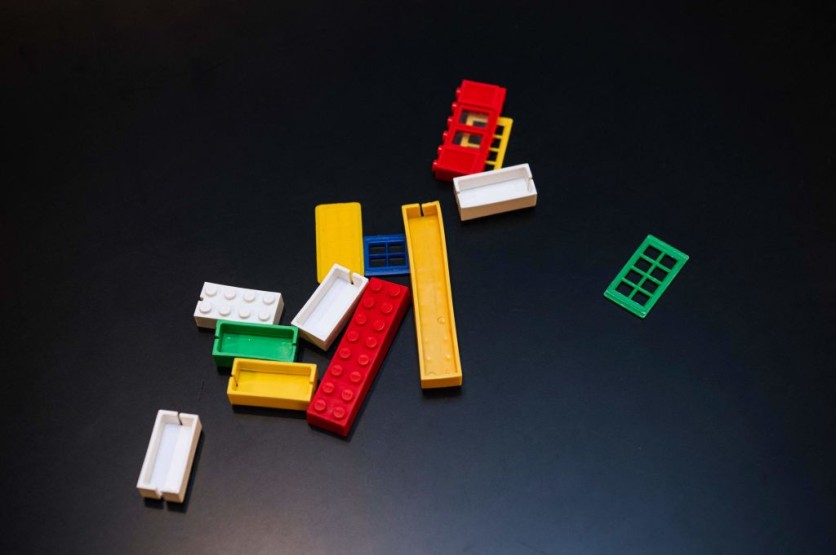A group of bioengineers at Arizona State University (ASU) have come up with an ingenious approach to create DNA origami nanostructures using a LEGO robot as a gradient mixer.
Their innovative research reveals how they built the mixer and its successful performance, Science X Network reported.

LEGO Robot Gradient Mixer
To produce DNA origami structures, purification of DNA origami nanostructures is a crucial step, traditionally achieved through rate-zone centrifugation using a costly gradient mixer. However, the ASU team discovered a cost-effective alternative by constructing a gradient mixer using readily available LEGO kits.
The LEGO robot gradient mixer operates similarly to its commercial counterparts, with cylindrical tubes filled and capped before spinning to separate the liquid contents into a gradient.
The team designed a single-arm robot mounted on a LEGO base, which securely holds the tubes and facilitates the mixing process. After the slow mixing phase, the robot rapidly spins the tubes in a vertical position to achieve the required gradient.
Testing validated the LEGO robot's efficiency, demonstrating that it can effectively mix and separate materials just as well as expensive commercial alternatives, according to the team.
The entire mixer, including the two motors for placement and spinning, was crafted solely from LEGO components, except for the 3D-printed tube holder.
The research team emphasizes that the LEGO robot holds great importance, serving as a practical gradient mixer for real-world applications and as a promising avenue to create other costly lab machines through a comparable and inventive method.
The Purification Process
The study's abstract explains the DNA origami purification process using the LEGO gradient mixer. Instead of relying on slow passive diffusion to create density gradients, the LEGO gradient mixer harnesses rotational motion to swiftly generate a quasi-continuous density gradient with minimal viscous media layering.
By rotating two layers of different concentrations at an angle, the mixer drastically reduces the time required to form the density gradient from hours to minutes.
The LEGO gradient mixer purified three DNA origami shapes, each with distinct aspect ratios and numbers of components. Regardless of the aspect ratios ranging from 1:1 to 1:100 and the number of components up to 2, the gradient purified the folded DNA origami nanostructures from excess staple strands.
Additionally, it achieved the separation of DNA origami dimers from DNA origami monomers. Considering the increasing interest in large-scale DNA origami production, the LEGO-based purification method offers an alternative for efficiently purifying DNA origami nanostructures in resource-limited settings on a significant scale, even in gram quantities.
The bioengineers' creative application of a LEGO robot to enhance DNA origami nanostructure production may open new doors for more cost-effective and innovative approaches to various laboratory techniques. The team's findings were published in the journal PLoS ONE.
Related Article : Bioscience Firm Insists They Can Bring an Extinct Mammoth Back to Resurrection by Leveraging DNA Technology with $15M Seed Fund

ⓒ 2026 TECHTIMES.com All rights reserved. Do not reproduce without permission.




